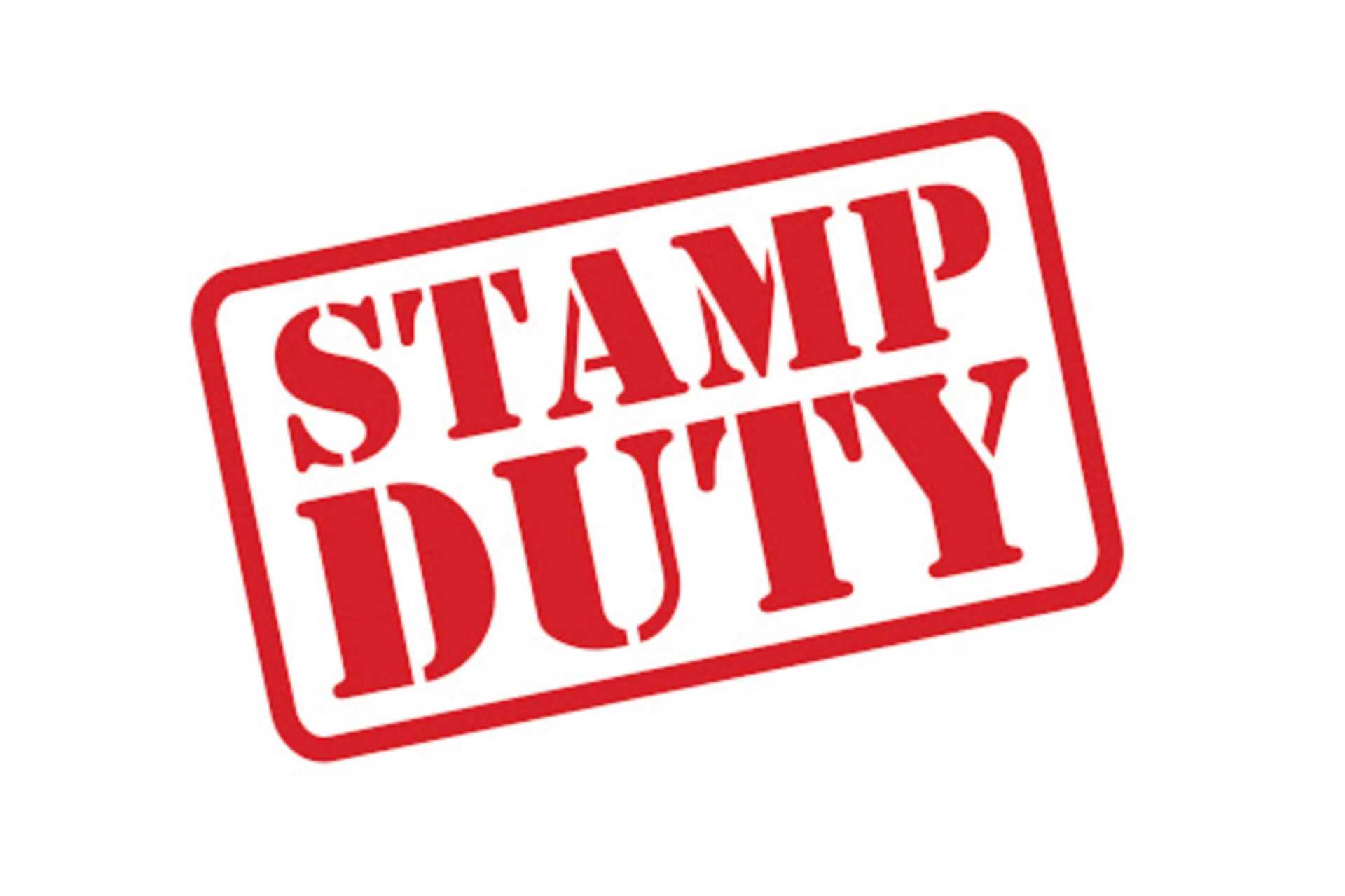
Date Published 09 July 2020
What does the new stamp duty holiday mean for you?
The government has today (8th July) unveiled a new stamp duty holiday that will run until 31st March next year.
As soon as the chancellor made the announcement we saw a rush of people looking at property on iProperties website for sale and auctions.
But what does this mean for you?
Previously, you would have paid stamp duty on homes sold for at least £125,000, or if you were a first-time buyer, on properties sold for more than £300,000.
But Rishi Sunak has now raised this threshold to £500,000.
This means that nine out of 10 people buying a main home between now and the end of March 2021 will pay no stamp duty at all, and the average stamp duty bill will fall by £4,500.
The temporary stamp duty holiday kicked in on 8th July and it's hoped these changes will make it easier for many of you to buy a home in the coming months.
The chancellor's announcement on stamp duty only applies to properties in England and Northern Ireland, however.
The Scottish Government is responsible for Land and Buildings Transaction Tax in Scotland, and in Wales, buyers pay Land Transaction Tax, levied by the Welsh Government.
For more information on the government's announcement, (https://www.gov.uk/guidance/stamp-duty-land-tax-temporary-reduced-rates).
What is stamp duty and how does this all affect me?
Stamp duty is a lump-sum tax that anyone buying a property or land costing more than a certain amount must pay. The rate at which you'll pay the tax varies depending on the price of the property and the type (i.e. residential or commercial).
What are the specifics of the stamp duty holiday?
If you buy a home between now and 31st March 2021, you only start to pay stamp duty on the amount that you pay for the property above £500,000.
You can use the table below to work out the stamp duty due:
Property or lease premium or transfer value SDLT rate
Up to £500,000 Zero
The next £425,000 (the portion from £500,001 to £925,000) 5%
The next £575,000 (the portion from £925,001 to £1.5 million) 10%
The remaining amount (the portion above £1.5 million) 12%
What do the experts say?
Property expert say: 'This move will help to keep the nation and wider economy moving because keeping the current momentum going will help prevent destabilising falls in property prices as unemployment grows, and enable a quicker economic recovery.
'Lockdown prevented 175,000 would be sellers from coming to market so we hope this Stamp Duty holiday will provide the spur for those missing movers to come to market. They will find there's currently record demand for their properties from prospective buyers.
'Home-movers will be grateful that the changes come into effect straight away so they don't have to delay their plans, and what we could see now is people rushing to get a price agreed before some sellers put their prices up in the hope people will be able to pay more because of the tax savings.'
How do I actually pay stamp duty?
First, find your unique transaction reference number (UTRN). It'll be 11 characters long and found on your submission receipt if you have filed online, or on your paper stamp duty return.
From here you can call up your bank, or go online, use HM Revenue & Customs' bank details, and pay it. This normally takes three working days, so take this into account and don't miss the deadline.
But if you don't have these options available to you, you can pay by cheque in post office branches or post – although note that these latter options require you to present a payslip.
What are the latest housing market trends?
The first five weeks since the market in England reopened showed clear signs of pent-up demand being released. We saw numerous records broken in terms of people looking on our site and people contacting us.
Supply has not increased at the same rate as demand, so this has pushed prices up by 1.9% compared with prices just before lockdown.